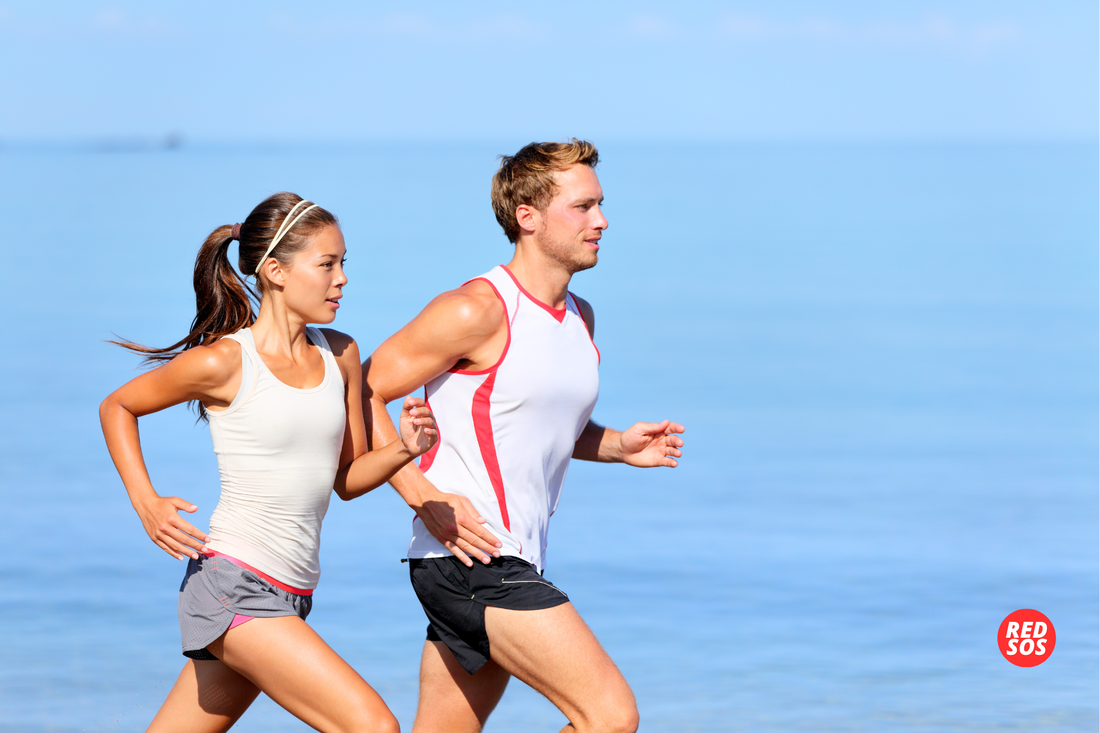|
Jogging is a fantastic way to keep fit, clear your mind, and enjoy the outdoors. But when hitting the path alone, safety becomes a priority. Understanding how to protect yourself can transform your run from a risky endeavor to an empowering routine. The Power of Companionship The adage "there's safety in numbers" holds particularly true for joggers. Bringing a friend along when you jog can drastically reduce your risk of being targeted by criminals. The logic is simple yet profound: individuals are less likely to be attacked when they're not alone. This is supported by stark statistics, such as those from carjacking studies from 1995-2021, where 90% of incidents occurred when an individual was alone in their car. The presence of just one additional person reduced the likelihood of such crimes by a staggering margin. Embracing Solo Runs with Caution Of course, syncing schedules isn't always possible, and sometimes, solitude is what you seek in a jog. When you're out alone, your strategy for personal safety needs to be robust and thoughtful. Lightweight Self-Defense Tools A variety of self-defense tools can accompany you on your run, but it's essential to select something that won't weigh you down. Popular options include:
Remember, personal safety is deeply personal. The choice of tool should reflect your comfort level, understanding of the tool's use, and the legalities in your area. Proactive Safety, Not Reactive Combat The primary goal of any self-defense strategy should be to avoid danger, not to confront it. Keeping a safe distance from potential threats reduces the chances of injury. Tools like tasers and pepper spray do provide a means of defense without immediate close contact, but they should be a last resort. Alarms and Apps for Early Warning Implementing personal alarms or safety apps can help you avoid an altercation altogether. If you sense danger, activating an alarm or sending an alert through a safety app can be enough to scare off a potential attacker and draw attention for help. The Close-Contact Dilemma If an encounter escalates and you're forced into close contact, being prepared to use your chosen self-defense tools is crucial. While a study found that 25% of carjackings caused injury to the victim, this underscores the importance of maintaining distance whenever possible. Close contact increases the risk of injury, so it's vital to use physical self-defense tools only when absolutely necessary. Summary: Safeguarding Your Solo Jogs
As always, if you have any questions about personal safety, call us anytime 24/7 at 1-877-832-5276 and we'll be happy to help. You can also download our app for 24/7 emergency protection.
|
HelloWelcome to our blog. Popular Articles
How to Overcome Anxiety about your Safety How to Stay Safe while Jogging - 3 Smart Strategies for Solo Runs What to Do When 911 Is Down: Creating a Safety Plan That Could Save Your Life 3 Simple Ways to Maximize your Personal Safety when walking your dog RedSOS App's TEST Feature: A Lifeline for Personal Safety and Peace of Mind The Crucial Link Between Personal Safety and Well-Being: Insights from Maslow's Hierarchy Gifting Personal Safety and Self-Defense: The Gift of Empowerment Archives
April 2024
Categories |
|
RedSOS is a personal safety application that operates using cellular or WiFi data. Results not guaranteed. RedSOS is not guaranteed to help in an emergency.
|
All Rights Reserved © 2024 RedSOS.com
|



 RSS Feed
RSS Feed